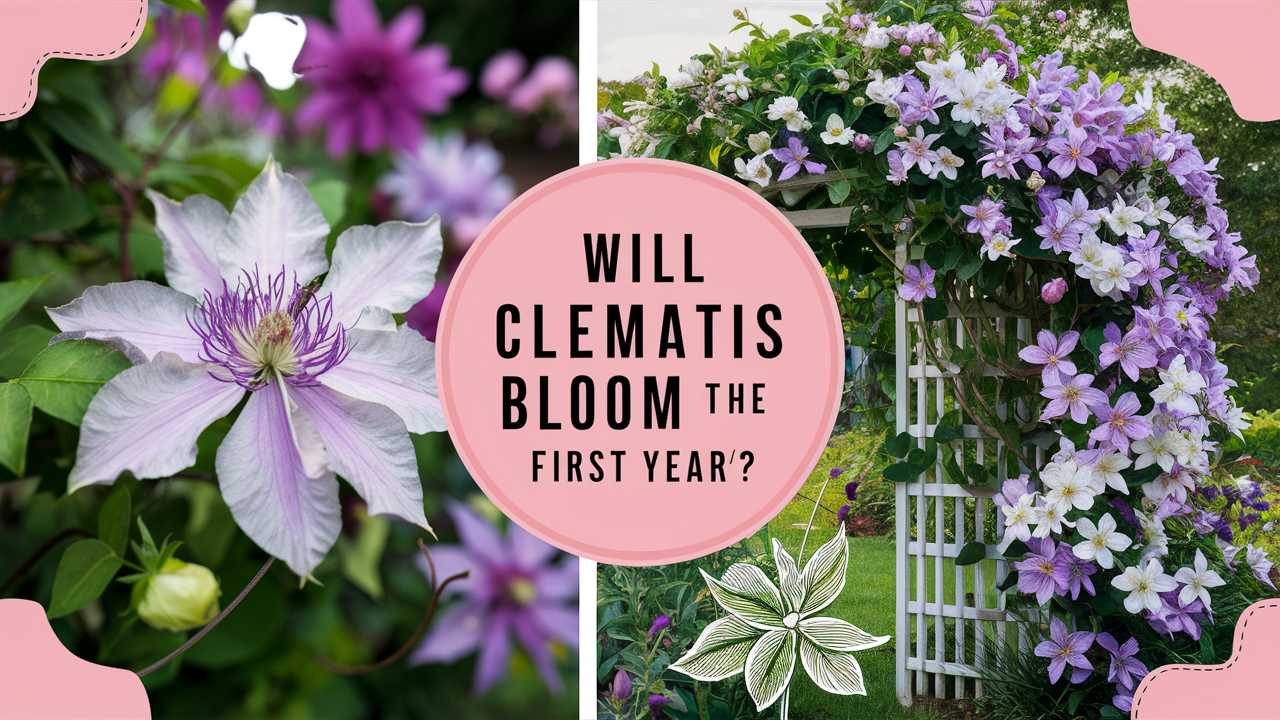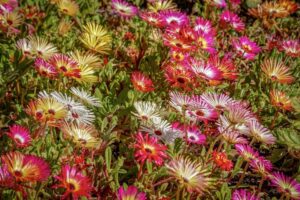Will clematis bloom the first year? In this comprehensive guide, we will explore various factors that influence blooming, useful cultivation tips, and understanding the differing characteristics of various clematis species.
Understanding Clematis
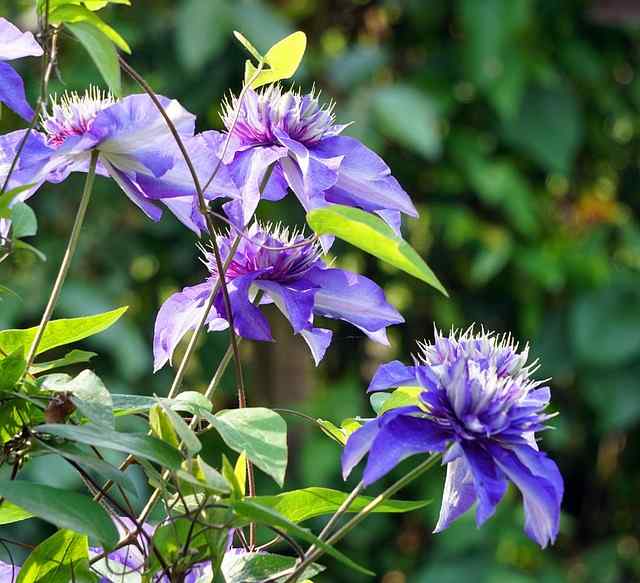
What is Clematis?
Clematis is a genus that encompasses a broad variety of species and cultivars, known for their climbing abilities and beautiful flowers. With over 300 species and countless hybrids, clematis presents a vast array of options for gardeners. Their versatility makes them suitable for trellises, fences, and pergolas, providing ample opportunity for creative landscaping.
Growth Habits and Blooming Pattern
Generally, clematis can be divided into three main pruning groups based on their blooming habits:
Group 1: These bloom on previous year’s growth, often producing flowers in early spring or late winter.
Group 2: These produce blooms on both old and new wood, flowering in late spring and again later in the summer.
Group 3: These bloom on new growth, typically producing flowers in mid to late summer.
Understanding these groups is crucial for anticipating flowering patterns and determining whether a clematis may bloom in its first year.
Will Clematis Bloom The First Year?
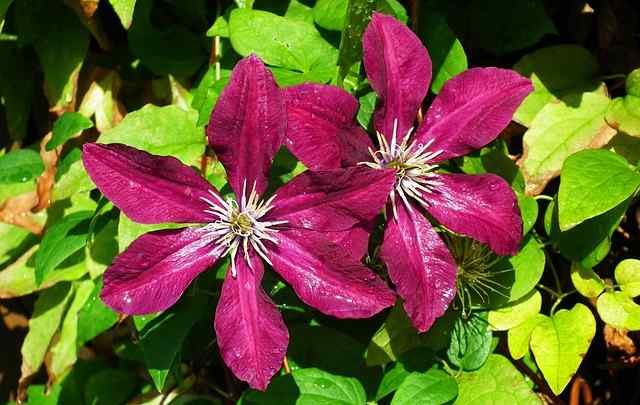
Factors Influencing First-Year Blooming
Here, we disassemble the factors that can influence whether your clematis will bloom in its first year.
1. Planting Time
When you plant clematis can significantly impact its bloom time. If you plant young clematis early in the spring or even in late winter, they often have enough time to establish roots before the blooming season. In contrast, if planted late in the summer or fall, they may not have adequate time to exhibit blooms within the first year.
2. Type of Clematis
Different species have varied blooming schedules. For instance, early-flowering varieties like Clematis montana may bloom within the first year, while later-flowering types might take longer to establish before they show their blooms. Hence, researching the particular type of clematis is essential if one hopes to see flowers in the initial growing season.
3. Growing Conditions
Clematis thrives in well-drained soil, with the right amount of sunlight and moisture. Ideally, they should receive at least six hours of sunlight a day, but their roots prefer a cooler environment, often accomplished through mulch or other ground cover. Poor soil quality, inadequate watering, or unsuitable temperatures can hinder growth and, subsequently, blooming.
Essential Care Tips for Encouraging First-Year Blooms

To cultivate a thriving clematis that blooms in its first year, adhere to the following care tips and best practices.
Site Selection
Choosing the right location is integral. Look for a spot where your clematis will receive ample sunlight throughout the day while ensuring that the roots stay cool. Surrounding the base with stones or mulch helps in maintaining cooler soil temperatures.
Soil Preparation
Clematis loves rich, well-drained soil. Enhance your planting area by incorporating organic matter such as compost, which bolsters soil structure and nutrient content. Avoid heavy clay soils or overly sandy soils that could either retain too much moisture or drain too quickly. The goal should be loamy soil, providing an optimum medium for growth.
Watering Wisely
Watering practices will also play a significant role in your clematis’s first-year success. Although they are relatively drought-tolerant once established, young plants need consistent moisture. Water your clematis deeply but infrequently to encourage deep root growth while avoiding waterlogging that can lead to root rot.
Fertilization Techniques
Feeding your clematis can spark growth and encourage blooming. Start with a balanced fertilizer in the spring, allowing the plant to receive the nutrients it needs for robust growth. Follow up with a flowering plant food once blooms begin to appear to enhance flower production.
Timing is Everything: First-Year Expectations
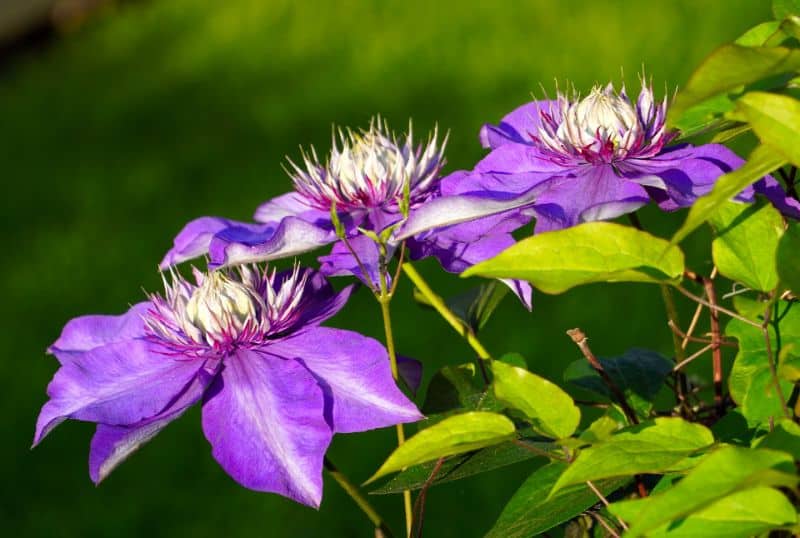
Realistic Timeline for Blooms
So, what can you realistically expect from your clematis in the first year? In average conditions, many gardeners can look forward to some blooms by late summer, especially with early flowering varieties and optimal care practices. However, patience is vital; remember that flowering tends to peak in subsequent years as rooting solidifies and the plant becomes established.
Signs of Growth and Potential Blooms
Keep an eye out for vital signs indicating your clematis is thriving. Healthy, vibrant leaves indicate that your plant is established. Look for flower buds, which can appear even months after planting, as these signify that blooming may occur soon.
Challenges Influencing First-Year Blooms
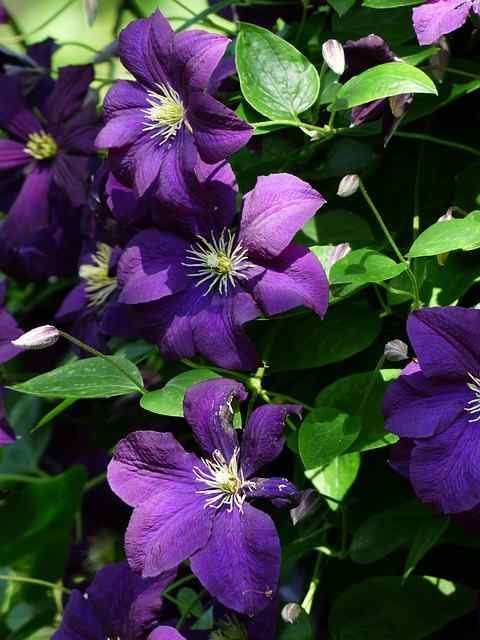
Despite your best efforts, several challenges can arise that impact blooming in the first year.
Pest and Disease Management
Clematis can be susceptible to various pests, including aphids and spider mites, which may impede their growth. Regular inspections and, if necessary, natural insecticides can keep pests at bay.
Additionally, fungal diseases such as wilt can pose a risk, especially in poorly drained soils. Maintaining proper watering practices and planting in a location with good airflow can minimize these risks.
Environmental Influences
Extreme weather—whether extreme heat, cold snaps, or unexpected storms—can affect a young clematis plant’s ability to bloom. Be prepared to shield your clematis from harsh conditions where possible, whether through protective coverings in the cold or shade cloths in scorching heat.
The Indeterminate Nature of Blooming
A Lesson in Patience
Gardening is often about exercising patience, and clematis is no exception. While the hope and desire for first-year blooms can be strong, conditions may not always align in your favor. If your clematis fails to bloom its first year, remember that a successful garden usually evolves over time.
Observing Gradual Growth
Many gardeners find solace in observing gradual growth—the building blocks of beautiful blooms to come. Proper care in the early stages sets the stage for abundant blooms in subsequent years, allowing the plant’s full glory to manifest.
Conclusion: Cultivating Happiness with Clematis
In conclusion, while many clematis may not bloom in their first year, with proper care, some varieties have a chance at promising flowers. By understanding the species, providing adequate care, nurturing the right growing conditions, and fostering patience, you’ll be well on your way to witnessing the enchanting blooms of clematis in your own garden.


